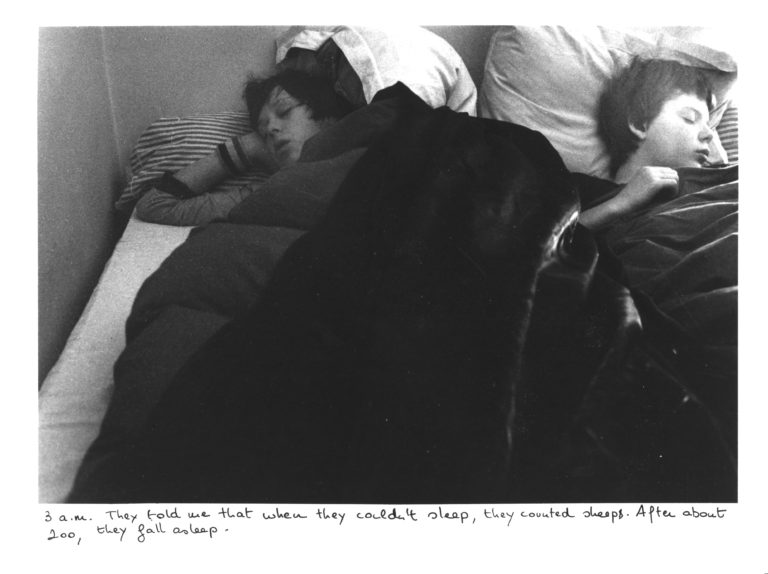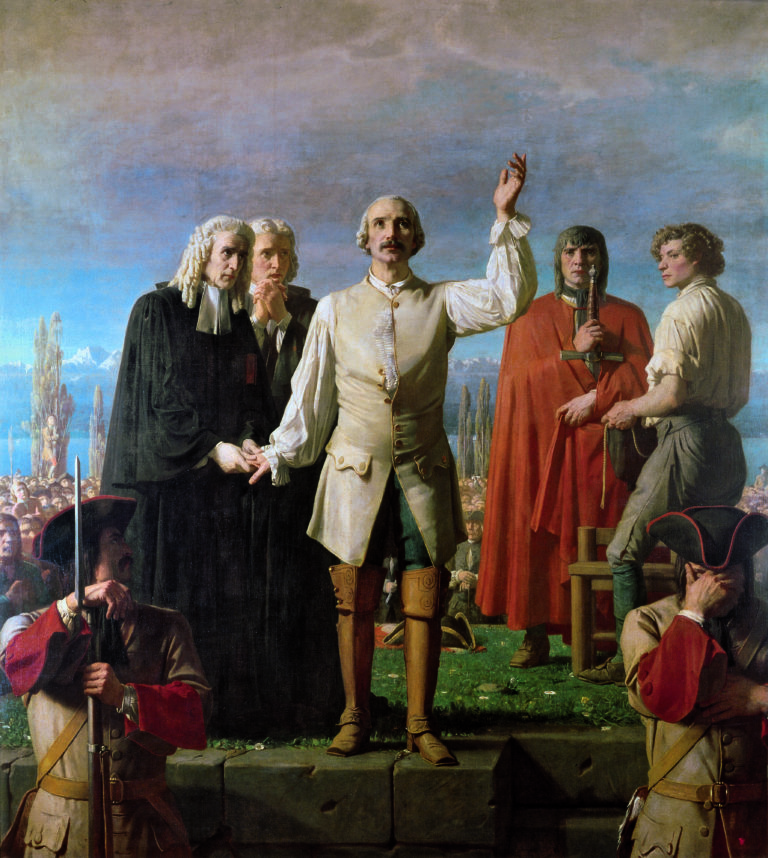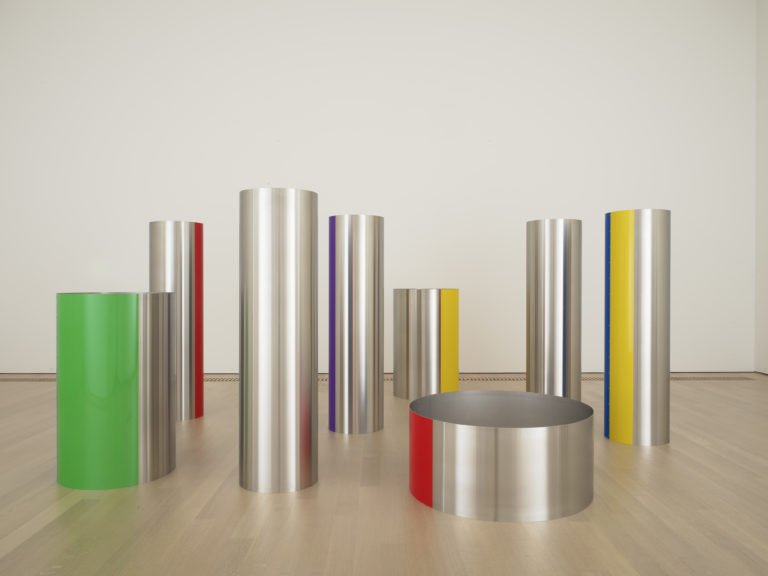Bibliography
Éric de Chassey, Pierre Soulages. Peintures 2008-2012, exh. cat. Lausanne, Galerie Alice Pauli, 2012: 96.
Pierre Encrevé, ‘Les éclats du noir [Entretien avec Pierre Soulages],’ in Beaux-Arts Magazine, special issue, March 1996.
Olivier Pauli, ‘Les couleurs du noir : entretien avec Pierre Soulages,’ in Soulages. Peintures, exh. cat. Lausanne, Galerie Alice Pauli, 1990: 13-21.
![Pierre Soulages, Peinture 324 x 362 cm (Polyptyque J)<br>(Painting 324 x 362 cm [Polyptych J]), 1987](https://www.mcba.ch/wp-content/uploads/2019/01/1999-063_SOULAGES_num4000_nr-2304x2072.jpg)



Following a period of dark shapes standing out against pale backgrounds, Pierre Soulages’s work became increasingly dominated by black, creating powerful contrasts. In a 1990 interview with Olivier Pauli, he recalled, ‘One day in 1979, I was painting when the colour black took over the canvas. It struck me that there was no way out, no hope.’ Soulages then began a series of black canvases in which the surface is painted with various textures, reflecting the light. He invented black as a carrier for light, naming it ‘Outrenoir’ (Beyond Black). In 1996 he defined the concept to Pierre Encrevé as ‘Outrenoir means beyond black, light reflected and transmuted by black. Outrenoir is black that, stopping being black, starts emitting clarity and secret light. Outrenoir is a mental field other than plain black.’
The surface textures are formed by the brush striating the paint in uneven strokes or by a blade spreading and smoothing it. Each texture draws and reflects the light in its own way, causing it to bounce off the surface at a multitude of different angles. By creating an interplay of blackness and light, laying the paint on the canvas so that it is thin or thick, smooth or rough, matte or shiny, Soulages keeps monochrome at a distance.
In the early 1980s, Soulages extended the same approach to monumental formats, increasingly producing his work in the form of polyptychs with several panels joined together. This allowed him to introduce a new discontinuity in the paint from panel to panel, triggering further vibrations by complicating the interplay of vertical and slanting lines. In Peinture 324 x 362 cm (Polyptyque J), the combination of an almost square format consisting of four panels joined lengthwise draws the viewer’s gaze both horizontally, from panel to panel, and vertically, to take in the work in one sweep.